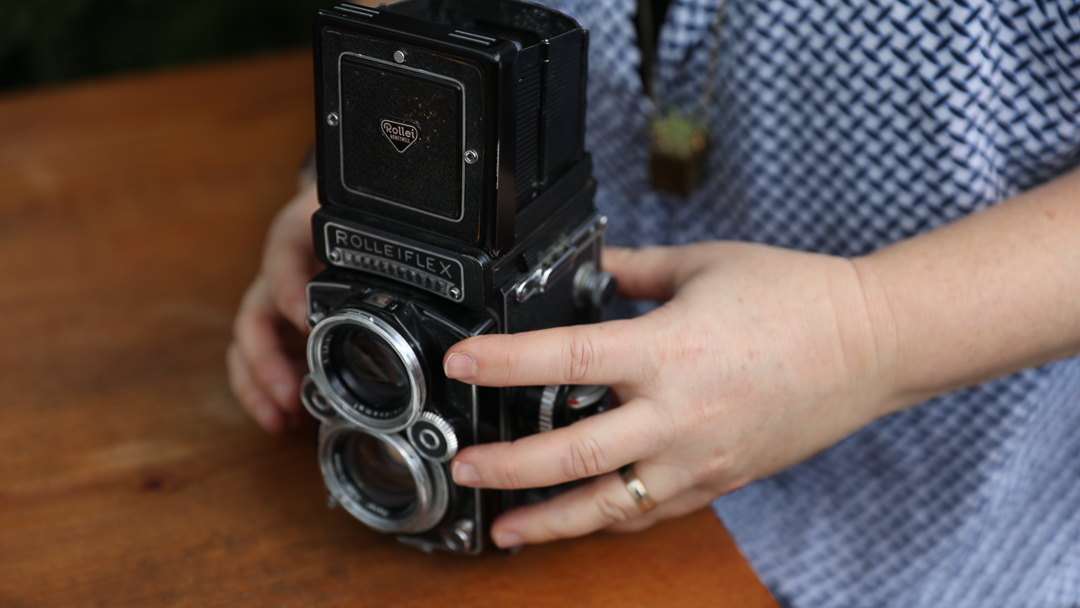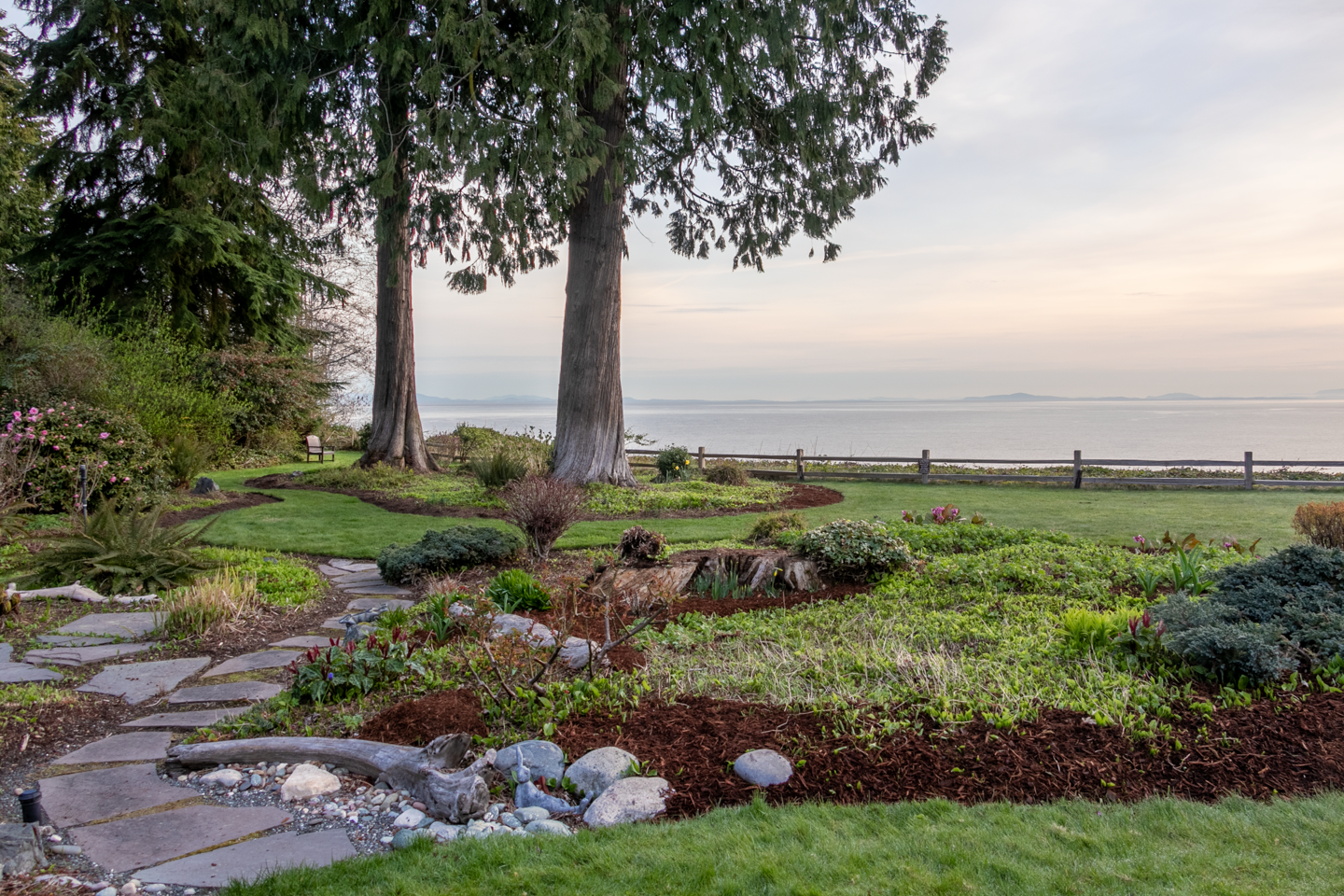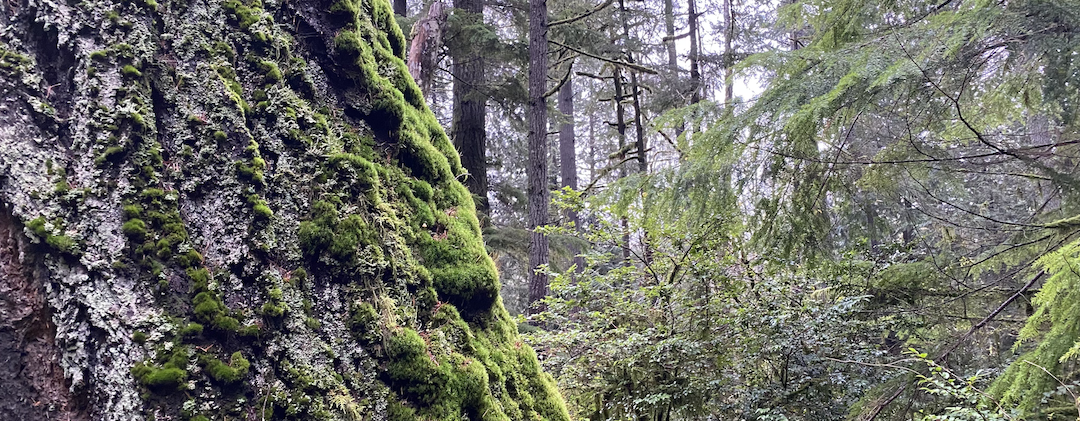
A recent study from Monash University in Australia notes that red flowers may have evolved so they would be pollinated preferentially by birds, specifically by those that see in four colors. The scientists noted the spectral wavelengths of over 200 flowering plants and performed phylogenetic analysis of the plants to determine their evolutionary age. Researcher Mani Shrestha says,
“Bird pollinated flowers may have evolved red signals to be inconspicuousness to some insects that are poor pollinators, whilst also enhancing the discrimination of bird pollinators.”

Image: Peter Waters/Shutterstock
Weigela middendorffiana, native to China, Korea and Japan, is insect-pollinated. I speculate that this shrub may have developed this insect-invisibility-cloak to retain the flower on the plant, allowing time for the pollen to reach the ovary. If the flower dropped off right after pollination, the plant wouldn’t be able to reproduce! I observed this unusual shrub in the Elisabeth C. Miller Garden near Seattle, WA . It was in bloom in late April and covered with lumbering bumble bees. Rare in cultivation, it is available in the United States at Joy Creek Nursery.
Save
Save










